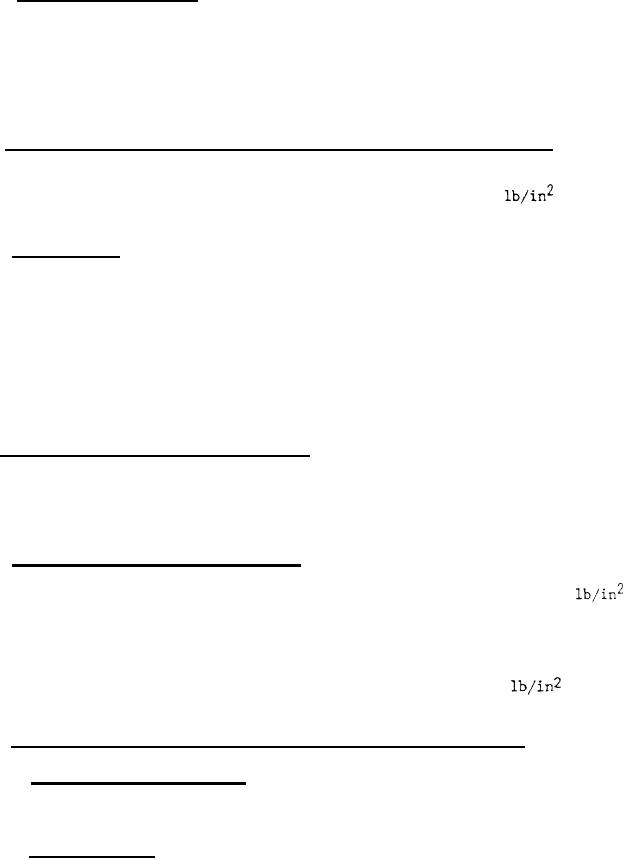 |
|||
|
Page Title:
Filtration ratio, dirt holding capacity, and pressure drop |
|
||
| ||||||||||
|
|  MIL-F-24702(SH)
4.7.1.1 Test point values. The initial bubble point value of the six
qualification test elements of each size shall be determined prior to further
testing. The minimum initial bubble point pressure for each production element
shall be established based on the bubble points of the qualification test
elements.
The minimum bubble point established shall be 90 percent of the
minimum bubble point of the qualification test element with the lowest bubble
point, but shall be not less than 4.5 inches of water.
4.7.2 Filtration ratio, dirt holding capacity, and pressure drop. The
filter elements shall be tested as specified in ANSI B93.31 to determine filtra-
tion ratio, dirt capacity, and pressure drop of the elements. The dirt capacity
shall be determined at a terminal pressure drop (see 6 4.4) of 40
(2.76
BARs).
4.7.3 Flow fatigue. Filter elements shall be installed in nonbypass type
filter housings and shall be subjected to pressure-flow cycles as specified in
ANSI B93.24. A cycle shall consist of increasing the differential pressure
across the filter element from zero to the maximum specified and back to zero by
first increasing, then decreasing, the flow through the test filter element which
has been loaded with A-C fine or A-C coarse dust, or equivalent. The maximum
cycle rate shall be 60 cycles per minute. There shall be no evidence of damage
as a result of this test, and, after testing the element bubble point shall be
not less than 80 percent of the initial bubble point of the element prior to
testing.
4.7.4 Filter element collapse pressure. The filter elements shall be
tested as specified in ANSI B93.25 to determine the collapse resistance pressure
of the elements. Nonconformance to the requirements of 3.5.4 shall constitute
failure of this test. The bubble point after testing shall be not less than 80
percent of the initial bubble point value of the element prior to testing.
4.7.5 Filter element reverse flow test. With rated flow in the reverse
direction from the element collapse test (see 4,7,4), the element shall be loaded
with A-C fine or A-C coarse test dust until a differential pressure of 15
is obtained across the element. The element shall withstand the reverse flow
differential pressure without structural damage. The initial bubble point of the
element after reverse flow testing shall be not less than 80 percent of the
initial bubble point of the element prior to reverse flow testing. Flow may be
adjusted as necessary, to maintain the differential pressure of 15
for at
least 3 minutes.
4.7.6 Media migration and vibration analysis of filter elements.
4.7.6.1
Preparation for analysis. The test element shall be installed in a
filter housing or a special test housing with blanking connections installed.
The housing shall be filled with prefiltered hydraulic test fluid.
4.7.6.2 Vibration test. The filter housing head shall be secured to the
testing machine so that the vibration input is centrally aligned along the
longitudinal axis of the filter element. The equipment shall be vibrated from 4
hertz (Hz) (or lowest attainable frequency) to 50 Hz in discrete frequency
9
|
|
Privacy Statement - Press Release - Copyright Information. - Contact Us |